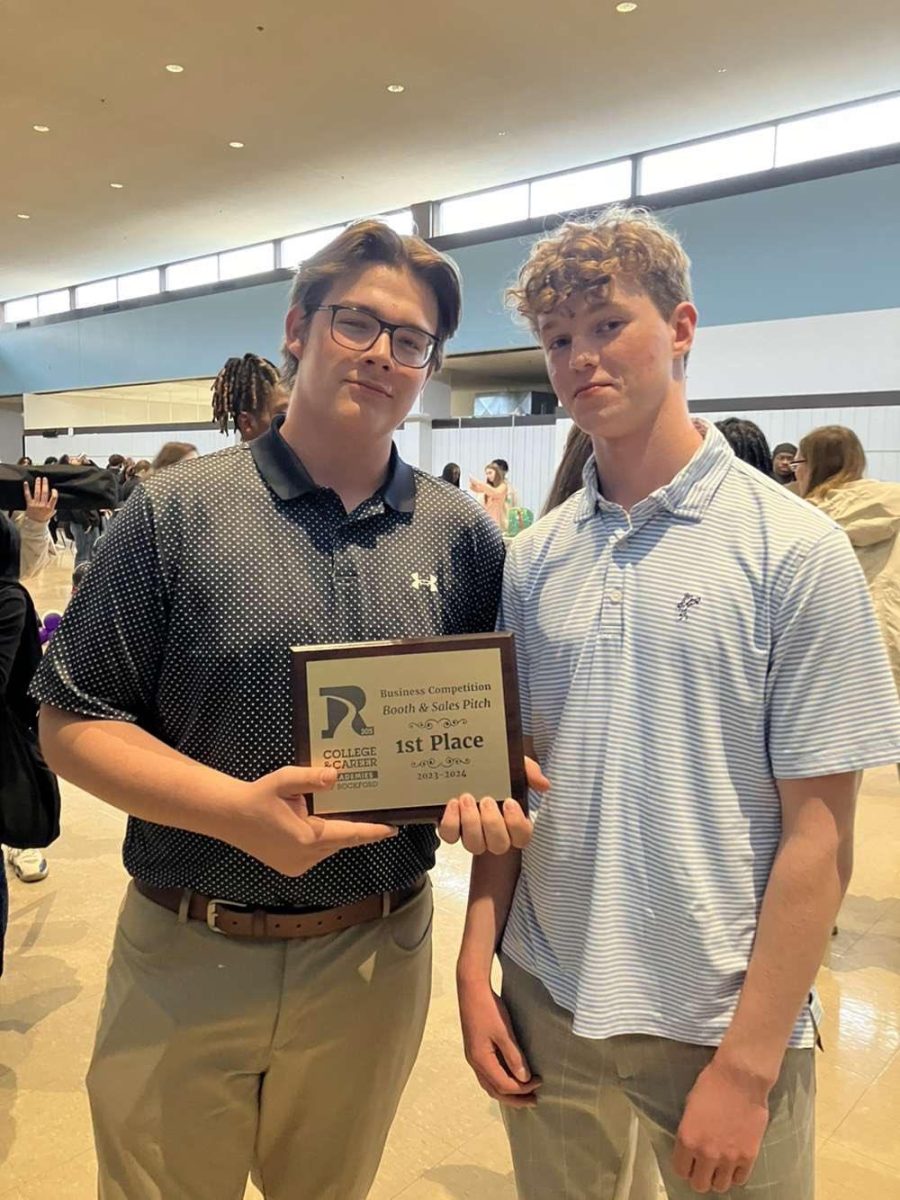According to the American Red Cross, we as a nation are in a “national blood shortage,” and a major contribution to this shortage is a lack of high schools hosting blood drives.
A CNN news article about the impact of school blood drives states, “Before the Covid-19 pandemic, about 25% of donations collected by the Red Cross came from school blood drives. The American Red Cross is urging high schools to bring back blood drives.”
This number has dropped, causing a loss of thousands of donors. Blood transfusions, which the blood donated is used for, happen every day in different areas of medical emergencies.
“Giving blood is selfless because you tend not to get much back from it,” said Jeremiah Tews, Health academy teacher.
Through this crisis, there is some light being shone on our school community. Guilford has been hosting two blood drives a year for several years, longer than anyone can remember. Mr. Tews has been the main facilitator of the school’s blood drive for the last six years.
“It’s a community act for people in our community,” said Mr. Tews.
Many students may wonder why it is important for them to donate blood. They don’t understand why teens need to donate when there are adults who are capable of donating. As donors who regularly donate age out of the safe range of donating, there needs to be a new group to come in and take their places as regular donors.
“The older you get the more stories you hear about people and family members that go to the hospital who need blood transfusions and they talk about how many bags of blood they got,” said Mr. Tews.
The entire process takes about 50 minutes to complete, the most tedious being the paperwork to ensure the safety of donating. After paperwork, you’re then escorted to the blood trucks where you will be donating. The nurses are friendly and make conversation to help ease the nerves when donating. The blood withdrawal process takes anywhere between 20 and 30 minutes. Following your donation, at the back of the trucks, you are given juice and snacks to help begin the process of replenishing the lost blood.
“The experience was great, my phlebotomist was very kind and talked to me the whole time,” said Senior Reese Zediker. “The snacks were great and they had a lot provided for us students.”
Some regulations are highly recommended to be followed prior to donating blood to ensure safety and comfort during the donation. Some of these include sleeping well, staying hydrated, eating foods high in iron and vitamin C, and dressing comfortably. Giving blood can cause declines in blood pressure and iron levels. Staying hydrated and eating foods high in iron and vitamin C will reduce the risk of lightheadedness, fatigue, or even possible fainting.
“I felt good after the blood drive,” said Zediker. “The only side effect I had was soreness in my arm.”
Donating blood helps save lives and anyone 16 and over can do it. If you are 16 you must have parental consent.
“Awareness is the plan [for Friday’s drive], my hope is that it’s a good experience and that we get more people to come out for the spring drive,” said Mr. Tews.
Even if you didn’t get the chance to donate this drive there will be another one in the spring. The goal of the drive was to collect 50 units of blood. As a school, 84 people registered to donate, although 84 registered, only 58 were eligible to donate and have blood collected. However, that is still above our goal for the donation. According to the donation amount, 174 lives were saved.
“I would donate again just because it is a good feeling to know that you are saving lives by doing this one little thing,” said Zediker.
















